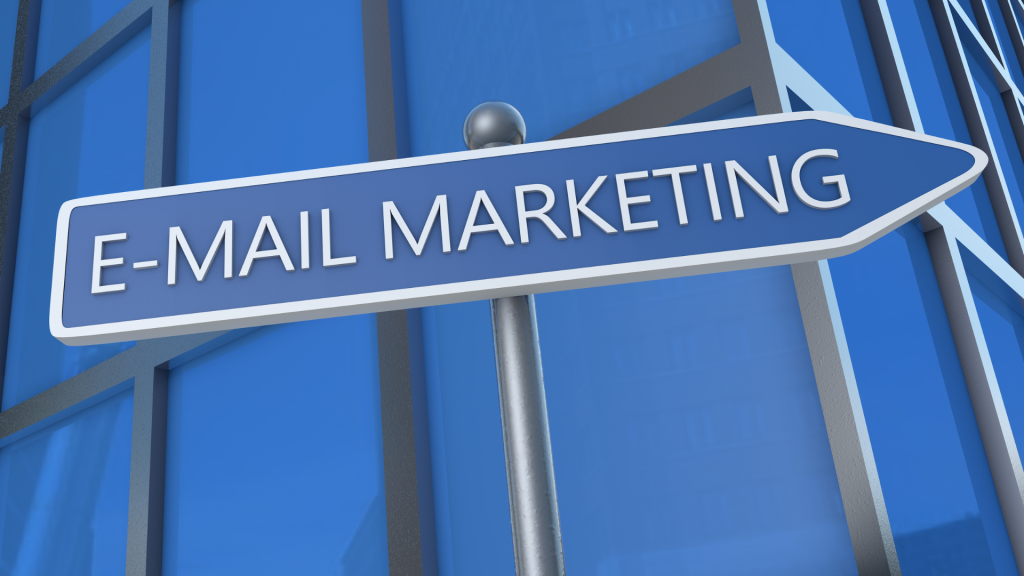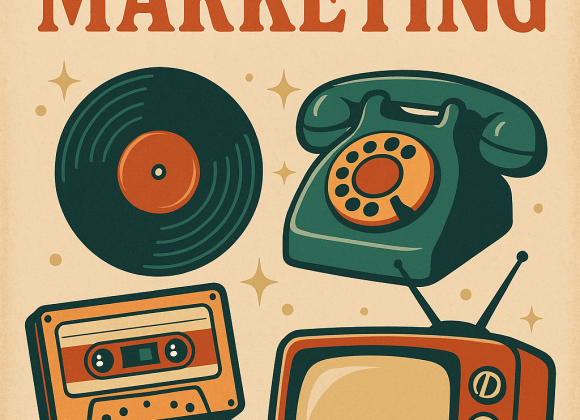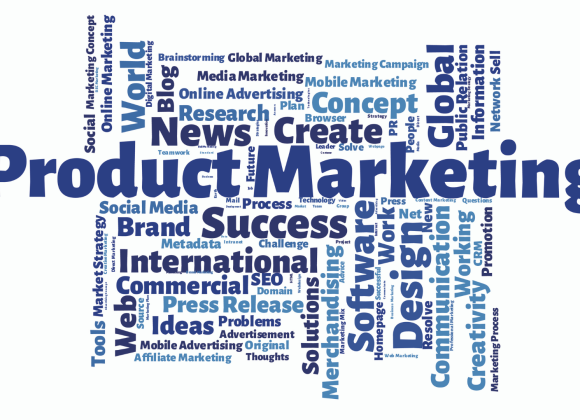In an era dominated by social media, influencer marketing, and AI-driven advertising, email marketing continues to stand out as the most cost-effective and high-performing digital marketing channel. Despite the emergence of new platforms and technologies, email marketing consistently delivers the highest return on investment (ROI), making it an indispensable tool for businesses worldwide.
The Unmatched ROI of Email Marketing

Email marketing’s ROI is unparalleled in the digital marketing landscape. According to recent statistics:
- Average ROI: Businesses can expect an average return of $36 to $42 for every $1 spent on email marketing.
- High Achievers: Approximately 18% of companies achieve an ROI greater than $70 per $1 invested.
- Revenue Contribution: Email marketing drives 25% of the overall revenues for the companies surveyed.
These figures underscore email marketing’s efficiency and effectiveness in generating substantial returns.
Why Email Marketing Continues to Outperform

1. Direct and Personalized Communication
Email allows businesses to communicate directly with their audience, delivering personalized content that resonates with individual preferences and behaviors. This direct line fosters stronger relationships and higher engagement rates compared to more passive marketing channels.
2. Cost-Effectiveness
Compared to other marketing strategies, email marketing is relatively inexpensive. With minimal costs for design, content creation, and distribution, businesses can reach a large audience without significant expenditure, maximizing ROI.
3. Measurable Results
Email marketing provides clear metrics such as open rates, click-through rates, and conversion rates. These insights enable marketers to assess performance accurately and make data-driven decisions to optimize future campaigns.
4. Automation and Scalability
Modern email marketing platforms offer automation features that allow businesses to send timely, relevant messages based on user behavior. This scalability ensures consistent communication without additional manual effort, enhancing efficiency.
5. High Engagement Rates
Email marketing boasts impressive engagement statistics. For instance, sending 9-16 emails per month has been shown to yield an ROI of 46:1, indicating that a well-planned email frequency can significantly impact returns.
Real-World Success Stories
1. Fridja: Pre-Launch Success
Fridja, an e-commerce company, managed to pre-sell 25% of its initial product stock through a targeted email campaign before the official launch. By leveraging behavior-based automation, they effectively turned new subscribers into customers.
2. KC Tool: Daily Deals Drive Sales
KC Tool implemented an automated daily deals newsletter, resulting in consistent sales growth. This strategy kept subscribers engaged and encouraged repeat purchases.
3. Pathpages: Behavior-Based Automation
Pathpages utilized behavior-based automation to convert new subscribers into customers. By sending personalized emails based on user interactions, they increased engagement and sales.
4. Buildcamp: Rapid Course Enrollment
Buildcamp successfully sold out a bootcamp course within six hours of launch, generating a fivefold waitlist. Their email campaign created urgency and excitement among subscribers.
5. Bloom & Wild: Customer-Centric Approach
Online florist Bloom & Wild introduced a feature allowing customers to opt out of emails for specific occasions like Mother’s Day. This empathetic approach enhanced customer satisfaction and loyalty.
Best Practices for Maximizing Email Marketing ROI
To achieve optimal results from email marketing, consider the following strategies:
- Segmentation: Divide your email list based on demographics, purchase history, and engagement levels to send targeted messages.
- Personalization: Use the recipient’s name and tailor content to their interests and behaviors.
- Responsive Design: Ensure emails are mobile-friendly to cater to users on various devices.
- A/B Testing: Experiment with different subject lines, content, and send times to determine what resonates best with your audience.
- Clear Call-to-Action (CTA): Include a compelling CTA that guides recipients toward the desired action.
Conclusion
Email marketing remains a powerhouse in the digital marketing realm, offering unparalleled ROI, direct communication, and measurable results. By implementing strategic practices and learning from successful case studies, businesses can harness the full potential of email marketing to drive growth and revenue in 2025 and beyond.
FAQs
1. Is email marketing still effective in 2025?
Yes, email marketing remains one of the most effective digital marketing strategies, offering an average ROI of $36 to $42 for every $1 spent. Its ability to deliver personalized, targeted, and timely messages keeps it relevant and results driven.
2. How does email marketing ROI compare to other marketing channels?
Email marketing consistently outperforms other channels like social media and paid ads. While email delivers up to 4200% ROI, social media averages around $2.80 per $1 spent, making email the most cost-effective channel for long-term success.
3. What factors influence the success of an email marketing campaign?
Key factors include subject line quality, personalization, audience segmentation, email timing, and call-to-action clarity. High-performing campaigns also make use of automation and behavior-based triggers to increase engagement.
4. Which industries benefit the most from email marketing?
Industries such as e-commerce, retail, SaaS, education, and professional services see strong ROI from email campaigns. These sectors benefit from customer data, repeat interactions, and relationship-based communications.
5. How can businesses improve their email open and click-through rates?
To boost performance:
- Use compelling, personalized subject lines
- Send emails at optimal times
- Segment your list for relevance
- Ensure mobile responsiveness
- A/B test your content and CTAs





